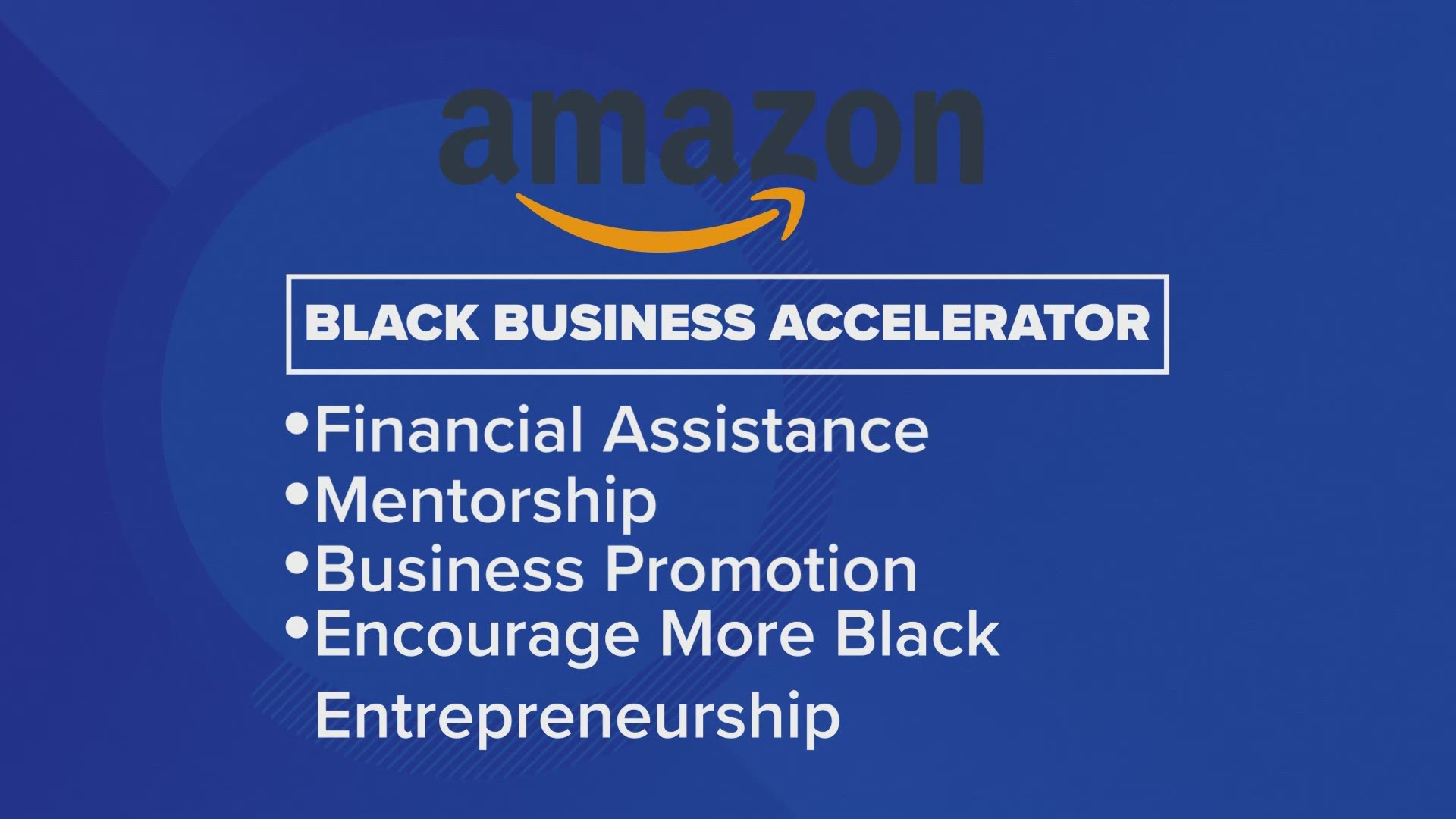DALLAS — While many urban areas across the country struggle to come back online as part of America’s new normal, Downtown Dallas has a different story to tell.
It not only survived the pandemic. It thrived in spite of it.
The downtown area now has 12,000 residents. While there were 40 vacant buildings downtown 20 years ago, today there are none.
“Fortunately, we went into the pandemic in such a strong position. Over $11 billion invested in the revitalization of downtown, leading into that $4 billion of projects that were under construction,” Kourtny Garrett said on Y’all-itics.
Kourtny Garrett is the president of Downtown Dallas, Inc. (DDI), which helps to develop and market Dallas’ central business district. Their job includes everything from luring new businesses downtown to improving infrastructure and adding parks.
She said it was difficult to envision the success during those first, tough days of the lockdown.
“The most surreal moment was in that, probably, first two or three days of the mandated shutdown when we literally saw 135,000 office workers leaving their offices. People were walking down the street with their monitors,” said Garrett.
Pivoting operations during the pandemic
Within 90 days after the shutdown began in 2020, Garrett said DDI retooled their entire team with members either working on crisis management and communications or recovery. DDI has since doubled down on its national and staycation marketing and the results are obvious, she said.
“We’re seeing the interest from both coasts,” Garrett said. “Businesses are waking up and saying, gosh, we can go into a place that is more business friendly, more cost effective and because of the development improvements that have been made over the last decade or so, particularly in downtown, it’s a great quality of life, the arts, the culture, the urbanism."
Integrity Marketing Group just took the plunge, moving from Coppell to downtown. That company, which focuses on life and health insurance for seniors, leased 100,000 square feet at Fountain Place.
CEO Bryan Adams said the building’s renovation was a big factor in their decision. The more than $75 million job included a new lobby, a 10-story parking garage, a conference space and more retail and restaurant space. While they looked at other areas in and around the Dallas metro, including building a new campus in Coppell, the ability to quickly move into an iconic space with lots of room to grow was the final selling point.
“The downtown area is experiencing an amazing renaissance right now. There’s a vibrant energy in the area that is only going to increase as the economy continues to recover from the effects of the pandemic. We wanted to be part of that dynamic environment,” Adams told Y’all-itics. “We see Fountain Place as kind of an oasis within an oasis and a place for our collaborative team culture to thrive.”
(Story continues below.)
Building a downtown where people want to live
The “livability” of downtown Dallas has become another huge factor as the area makes a name for itself post-pandemic. Garrett said in 1996, around 200 people lived downtown. That’s also around the time reinvestment started picking up. In the 25 years since, the number of residents has grown 5,900% to 12,000.
And that number is only going to increase. Garrett said all of the residential buildings are at least 90% occupied and there are 3,000 more units currently under construction.
There are also four new parks downtown. You’ll soon see more bike lanes and a return of all of those scooters, but this time, Garrett said, with more oversight.
There is also a focus on the “walkability” of downtown. DDI actually has a pedestrian master plan and the ultimate goal is to eliminate the “gaps” in your walk. Think about New York City. You can seemingly walk forever in that city and not even notice it because there’s always something to see.
Garrett said that’s been a challenge in downtown Dallas, because it has developed in “nodes.” Think of the Farmers Market, Main Street and the Arts District as separate, disconnected hubs.
“Now we need to fill in those gaps because, truly, you can walk from the Farmers Market to the Arts District in nine minutes at a leisurely pace,” Garrett said. “But people don’t do it because you’re walking past vacant parking lots and empty storefronts.”
It’s not just walking. In this Y'all-itics episode, you’ll learn how DART expansion, a possible subway and renovating the highway system is also part of the plan. Subscribe to listen to this and every episode wherever you get your podcasts: Apple Podcasts | Spotify | Stitcher | Amazon Music

